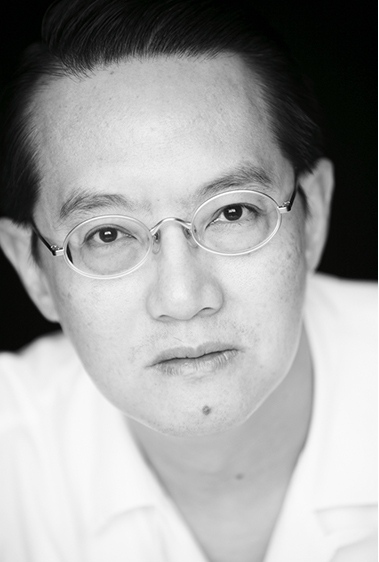Before we try to understand what an epicanthoplasty is, first of all, we need to examine the different variations of the Oriental eye shape and eyelid configuration that exist and compare that to the appearance of the typical Caucasian eye shape and eyelid configuration.
Caucasian Eyes
Caucasian eyes are characterised by parallel (“outie”) double eyelid folds and an open medial canthus which is the inner part of the eye. “Open” means that the inner corner of the eye is rounded and elongated and the caruncle (the little red bump at the innermost corner of the eye) is exposed. This arrangement makes the eyes look longer, bigger and more elegant. Another characteristic of the Caucasian eye is that you will never find one with a medial epicanthic fold. This is a flap of skin that covers the inner corner of the eye and the caruncle, making the eyes look wider apart, shorter and with an “innie” eyelid fold. This fold is only found in Asian Orientals.


Myths
In the past, Orientals were always typecast as having narrow, slit-like, mono-lidded (no double eyelid crease) eyes. This was called the “Mongoloid eye” and all Asian Orientals were presumed to have these eyes. However one only has to look around at the eyes of your oriental colleagues to realise that there are many different eye shapes and eyelid configurations and that there are many Asians who have an open medial canthus that looks similar to that of a Caucasian eye.
Another myth perpetuated by surgeons and patients alike, is that there is a desire for most Asian Orientals to want to look more like Caucasians. This is furthest from the truth and today, most Orientals seeking eyelid surgery do not want to look Caucasian and instead, wish to have beautiful eyes that are consistent with their Asian Oriental heritage.
Asian Oriental eyes
Asian eyes can present as mono-lidded (absence of a double eyelid crease), or with an “innie” double eyelid fold or an “outie” (parallel) double eyelid fold.
These three shapes are largely controlled by the degree of medial epicanthic fold that is present in these eyes.

Dr Wu has classified Oriental Eyelid and Epicanthic Configurations into 6 different types:
TYPE 1 – Open wide canthus, Deep lakes, exposed caruncle, no epicanthal fold. Looks like Caucasian configuration.

TYPE 1 – Another older Chinese gentleman with a distinct Type 1 Medial canthal configuration. No epicanthic folds at all.

TYPE 2 – Open wide canthus, deep lakes, exposed caruncle, slight epicanthal fold.

Another TYPE 2 Wide, long open canthus with slight epicanthic fold.

TYPE 3 – Shallow canthus, shallow lakes, partly hidden caruncle, slight epicanthal fold.

TYPE 4 – Shallow canthus, hidden lakes, hidden caruncle, visible epicanthic fold or web.

TYPE 5 – Hidden lakes, hidden caruncle, strong epicanthic fold extending downwards.

TYPE 6 – Hidden lakes, hidden caruncle, strong recurvatum epicanthal webbing.

So what is an EPICANTHOPLASTY
There are two types of epicanthoplasty: a medial epicanthoplasty where the inner corner of the eye is surgically manipulated, or a lateral epicanthoplasty where the outer corner of the eye is surgically manipulated. Both have been designed to make oriental eyes longer and bigger.
The Medial Epicanthoplasty is the most common procedure and can transform a Type 4, 5 or 6 Eye into a type 1, 2 or 3 Eye depending on the degree of open-ness the patient desires. There are several variations of surgical technique and different surgeons will perform this procedure differently.
Dr Wu’s original technique which he has performed for 30 years, involves a transposed triangular flap and internal dissection of the medial canthal tendon that is able to create a dramatic wide open Type 1 canthus.



